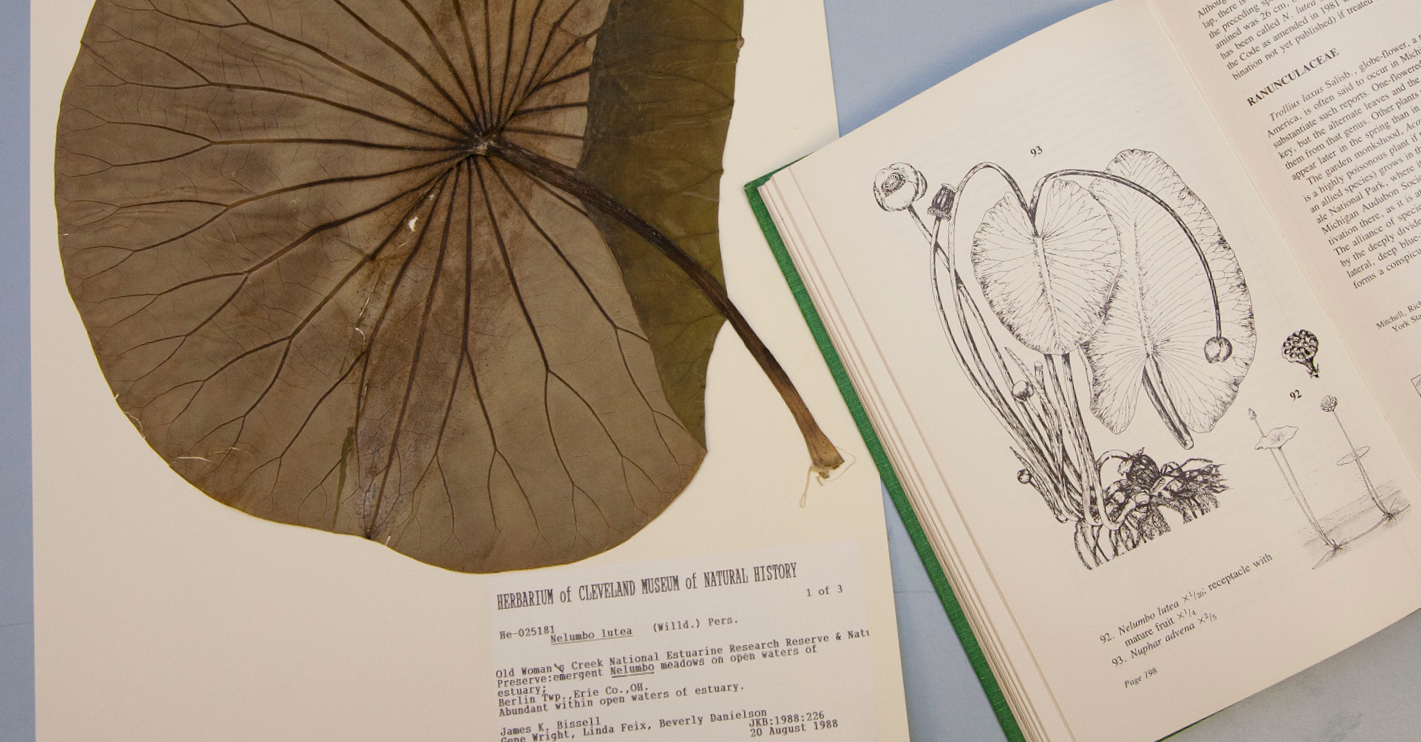
The Botany Department is home to the Museum’s 80,000-specimen herbarium. The primary focus of the collection is plant occurrences in Ohio and northwestern Pennsylvania, but the Museum has specimens collected from almost every state, as well as Europe, South America, Asia and Australia.
When The Nature Conservancy founded the Ohio Natural Heritage Program in 1976 to track state occurrences of rare species, the Museum immediately began field inventories to contribute information for the program. Thousands of rare plant occurrences have been documented, and the Museum’s contribution amounts to 10 percent of the entire rare plant database held by the State Heritage Program.
Outstanding natural areas that have been protected in response to Museum data include:
-
Arcola Creek Marsh and Headlands Dunes State Nature Preserve in Lake County
-
Cuyahoga Wetlands and Koelliker Fen in Geauga County
-
Morgan Swamp in Ashtabula County
-
Pallister State Nature Preserve in Ashtabula County
-
McCoy State Nature Preserve in Ashtabula County
-
Grand River Terraces in Ashtabula County
-
Cathedral Woods and North Kingsville Sand Barrens in Ashtabula County
-
Singer Lake Bog in Summit County
-
Putnam Marsh on Sandusky Bay
-
The adjacent mainland section of Sheldon’s Marsh State Nature Preserve in Erie County
Undergraduate students interested in a paid summer internship are encouraged to investigate the
Kirtlandia Research Internship Program.
The Botany Department is closely linked to the Museum’s
Natural Areas Program, a “collection” of 66 preserves totaling more than 12,000 acres across northern Ohio.